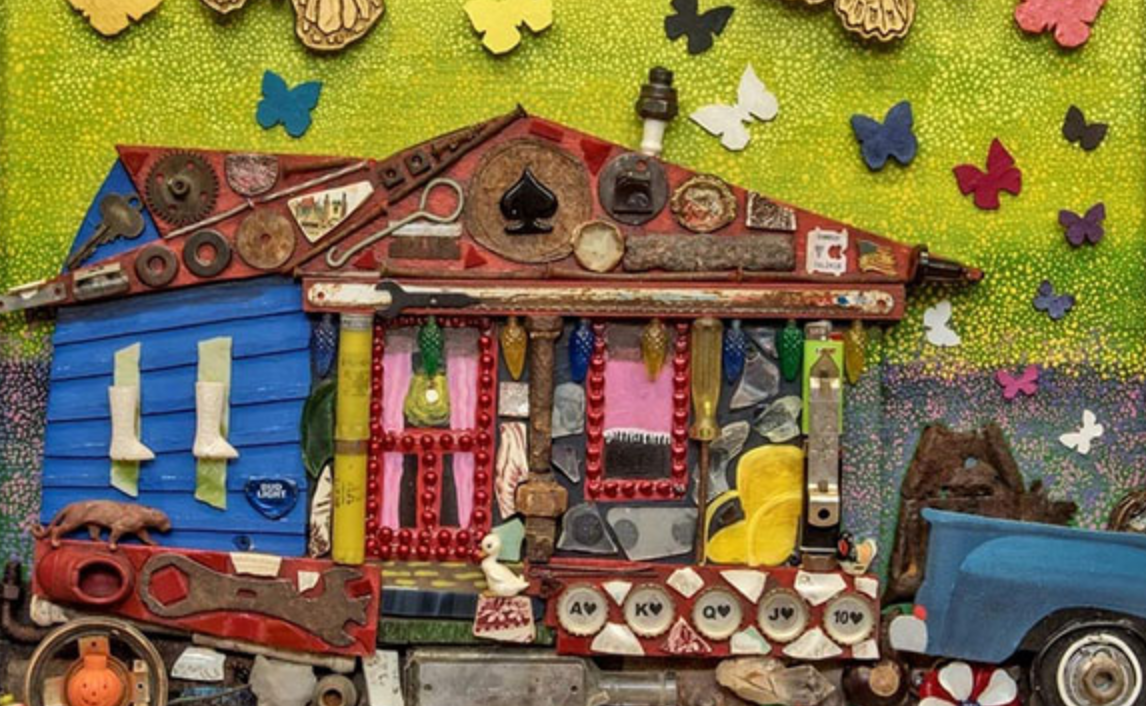Corey Mesler’s hippie poet returns in The Adventures of Camel Jeremy Eros
By David Bersell, for Chapter16.org
Corey Mesler’s The Adventures of Camel Jeremy Eros follows its titular hero from boyhood in “one of the poorer sections of Frayser, a poorer section of Shelby County, north of the perpetually poor Memphis” to San Francisco’s Summer of Love, literary stardom, and beyond. In the words of the novel’s unnamed narrator, Camel is a “poet, provocateur, hieromonk and bon vivant.” Fans of Mesler may recognize the character from his appearances in two earlier novels, Memphis Movie and Camel’s Bastard Son, though you don’t need to be familiar with the author’s work to appreciate Camel’s adventures.

The book is broken into brief sections, peppered with literary references from the very beginning. As a boy, Camel’s friends call him “Shakespeare” because he reads books “for pleasure.” When it rains hard enough, young Camel folds pages of poetry into boats and floats them down water rushing from storm drains. “And he believed in them. They were like prayers.”
By high school, Camel has more on his mind than poetry. While pitching a school literary magazine to his English teacher, he gets distracted by her body and loses his words. She touches his arm. “For the rest of his life sex and literature were intertwined in his popgun head,” Mesler writes. The sentence feels like a mission statement for the novel. Camel falls in love easily and often, attracting women with his verbal charm and his writing in equal measure. Like his poetry, excerpted periodically, the book’s many sex scenes are vivid but playful, occasionally tender; they might make you blush, though it would be a mistake to dismiss the novel’s aims.
Mesler captures snapshots of an artist-in-progress and the scenes that cultivate him. During college at UC Berkeley, Camel starts a poetry night at a local coffeehouse, befriending writers, artists, and activists, both fictional and pulled from history — Janis Joplin makes one memorable cameo. Camel also attends protests and meetings with the Free Speech Movement and other groups, a “tsunami of acronyms.” Through Camel, readers witness the cultural and political fireworks of the 1960s. Mesler writes, “Camel didn’t know he was in at the beginning of something grand, something that would change the world for the better, something that would effloresce and send ripples out into history.”

The Adventures of Camel Jeremy Eros
By Corey Mesler
Červená Barva Press
318 pages
$18.95
By the end of college, Camel’s literary career begins to take off with the publication of his first poetry collection. He bounces between San Francisco and Memphis, with supporting characters reappearing at readings, dinner parties, in bed. The attention paid to women’s bodies and Camel’s sexual prowess can grow tiring, yet the novel’s love story — between Camel and Allen, a “witchy and willowy” sculptor — is surprisingly moving.
The book’s voice is conversational and kinetic, high on love and art (and sometimes drugs). References multiply like bunnies. Describing a double date, Mesler writes, “The conversation was wide-ranging, touching on politics and literature, music and television, Huey Newton and Baby Huey, James Joyce and James Cagney, Diana di Prima and Diana Dors, The Doors of Perception and No Exit, Artaud and Art Tatum.”
Along with wordplay and puns, Mesler loves a good list. His party descriptions reminded me of The Great Gatsby at its liveliest: “The party at Peter Coyote’s lasted most of the night. Janis came (Allen spent much of the evening practically in her lap) … Peter Fonda, all the Dead, some of the Airplane … Phil Jackson (who challenged Camel to a game of one-on-one at the nearby playground hoop), and some weird looking cat … .” Part of the book’s fun is Googling character names to see if they’re real or imagined. If you’re like me, you’ll also need to consult a dictionary to fully appreciate Mesler’s wit.
Even though he doesn’t slow down the action for long, moments of heartbreak and darkness echo throughout the book. Camel faces depression, his “old black dog,” as well as the deaths of heroes and friends. Throughout everything, art, community, and love buoy Camel.
Corey Mesler, who owns Burke’s Book Store in Memphis, captures the joy of poetry readings, jam sessions, and magical bookshops. This feels especially poignant as we begin a new year, still largely distanced from others. Camel’s adventures made me think about why I love books so much, their transformative power. As a friend tells him early on, “Stories create reality, Camel. Stories create truth.”

David Bersell is the author of two chapbooks of essays, Nashville Notebook and The Way I’ve Seen Her Ever Since. His writing has appeared in many print and online publications, including The Rumpus, The Carolina Quarterly, and Hobart.
Humanities Tennessee founded Chapter 16 in 2009 to provide comprehensive coverage of literary news and events in Tennessee. Chapter 16 maintains partnerships with newspapers in each major media market statewide; their content appears in print each week locally through the Memphis Commercial Appeal and online here on StoryBoard Memphis.


